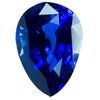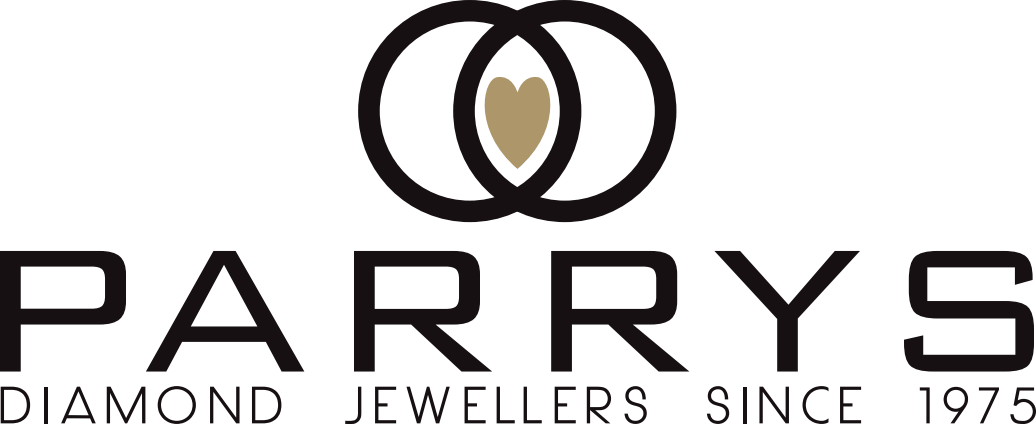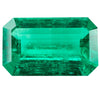 |
Aquamarine
- Variety: Beryl
- Colour: Blue to greenish blue – light in tone
- Mohs Hardness: 7.5 - 8.0
- Etymology: From the Latin aqua marina for "sea water," in allusion to the colour
- Did you know? Hundreds of years ago, Aquamarine was referred to as sea-green beryl
- Birthstone: March
|
 |
Morganite
- Variety: Beryl
- Colour: Pink to Orange-Pink
- Mohs Hardness: 7.5 - 8
- Etymology: Named after J. P. Morgan, an American investment banker and financier
- Did you know? Morganite is currently the third most popular choice for an engagement ring stone, with diamond in first place and sapphire in second
|
|
|
Pearl
- Variety: Pearl
- Colour: The most familiar colours are white and cream with black, grey, and silver a close second. In cultured pearls, the main colour is often modified by additional colours called overtones, which are typically pink, green, purple, or blue
- Mohs Hardness: 2.5 - 4.5
- Etymology: From the Middle English "perle", ultimately from the Latin "perna", meaning sea mussel
- Did you know? Pearls are the Only Gemstone to Come from a Living Creature
- Birthstone: June
|
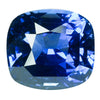 |
Tanzanite
- Variety: Zoisite
- Colour: Violet Blue to Bluish Violet to Violet Purple
- Mohs Hardness: 6 - 7
- Etymology: Zoisite is named after Baron Sigmund Zois, who presented the first specimens of the material. Tanzanite is the Tiffany & Co. trade name for blue zoisite, named after the country of origin, Tanzania
- Did you know? Tanzanites have trichroism. This means that the crystals exhibit a perceptible difference in colour when looked at under different lights, or from different angles
- Birthstone: December
|
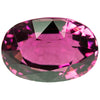 |
Tourmaline
- Variety: Tourmaline
- Colour: All colours
- Mohs Hardness: 7 to 7.5
- Etymology: Tourmaline is from the Singhalese word “turamali”, meaning mixed-coloured stones
- Did you know? Tourmaline has pyroelectric properties which basically means they are naturally electrically polarised
- Birthstone: October
|
 |
Amethyst
- Variety: Quartz
- Colour: Purple
- Mohs Hardness: 7
- Etymology: From the Ancient Greek "amethystos", meaning not drunk
- Did you know? It was believed you could drink all night and remain sober if you had an amethyst in your mouth
- Birthstone: February
|
 |
Citrine
- Variety: Quartz
- Colour: Golden Yellow, Orange – Orangey-Red
- Mohs Hardness: 7
- Etymology: From the old French "citrin", meaning yellow.
- Did you know? A trace of iron in citrine’s structure is responsible for its yellow-to-orange colour
- Birthstone: November
|
 
|
Garnet
- Variety: Garnet group
- Colour: Many colours
- Mohs Hardness: 6.5 - 7.5
- Etymology: From the Latin "granatus" for grain
- Did you know? Many garnet deposits are small grains of red crystals in or on their host rock
- Birthstone: January
|
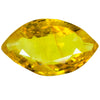 |
Lemon Quartz
- Variety: Quartz
- Colour: Bright yellow to pale green
- Mohs Hardness: 7
- Etymology: From it’s intense lemon yellow colour
- Did you know? Very clean and large stones can be found, even in sizes over 150 carats
|
 |
Moonstone
- Variety: Orthoclase
- Colour: a variety of colours including brown, colourless, green, grey, pink, rainbow, white and yellow
- Mohs Hardness: 6 - 6.5
- Etymology: After the lustrous moonlight sheen of the adularescent effect found in these stones
- Did you know? The colourful versions of moonstone are only found in India, all the other countries only contribute the white moonstone
- Birthstone: June
|
 |
Opal
- Variety: Opal
- Colour: Colourless, white, yellow, orange, and red (various shades), yellowish brown, greenish, blue, grey, black, violet
- Mohs Hardness: 5.5 - 6.5
- Etymology: From the Latin name "opalus", possibly derived from the Ancient Greek "opallios" for colour changing
- Did you know? Gem cutters can take opal pieces too thin to use as a solid gemstones and assemble them into doublets and triplets
- Birthstone: October
|
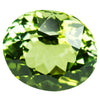 |
Peridot
- Variety: Olivine
- Colour: Yellowish Green to Greenish Yellow
- Mohs Hardness: 6.5 to 7
- Etymology: unknown
- Did you know? Peridot has been found in some meteorites, making it one of the few gems known to exist outside of our solar system
- Birthstone: August
|
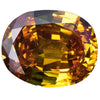 |
Smokey Quartz
- Variety: Quartz
- Colour: Brown
- Mohs Hardness: 7
- Etymology: From it’s dark brown colour
- Did you know? In 12th century China, the first sunglasses were created with flat planes of smoky quartz
|
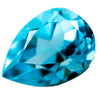 |
Topaz
- Mineral: Topaz
- Colour: Yellow, Orange, Brown, Pink, Red To Purple Red, Blue, Light Green And Colourless
- Mohs Hardness: 8
- Etymology: From "Topazios", an ancient Greek name for St. John's Island in the Red Sea where the gem was said to be mined
- Did you know? A topaz stone was once mistaken for the world’s largest diamond
- Birthstone: November
|

